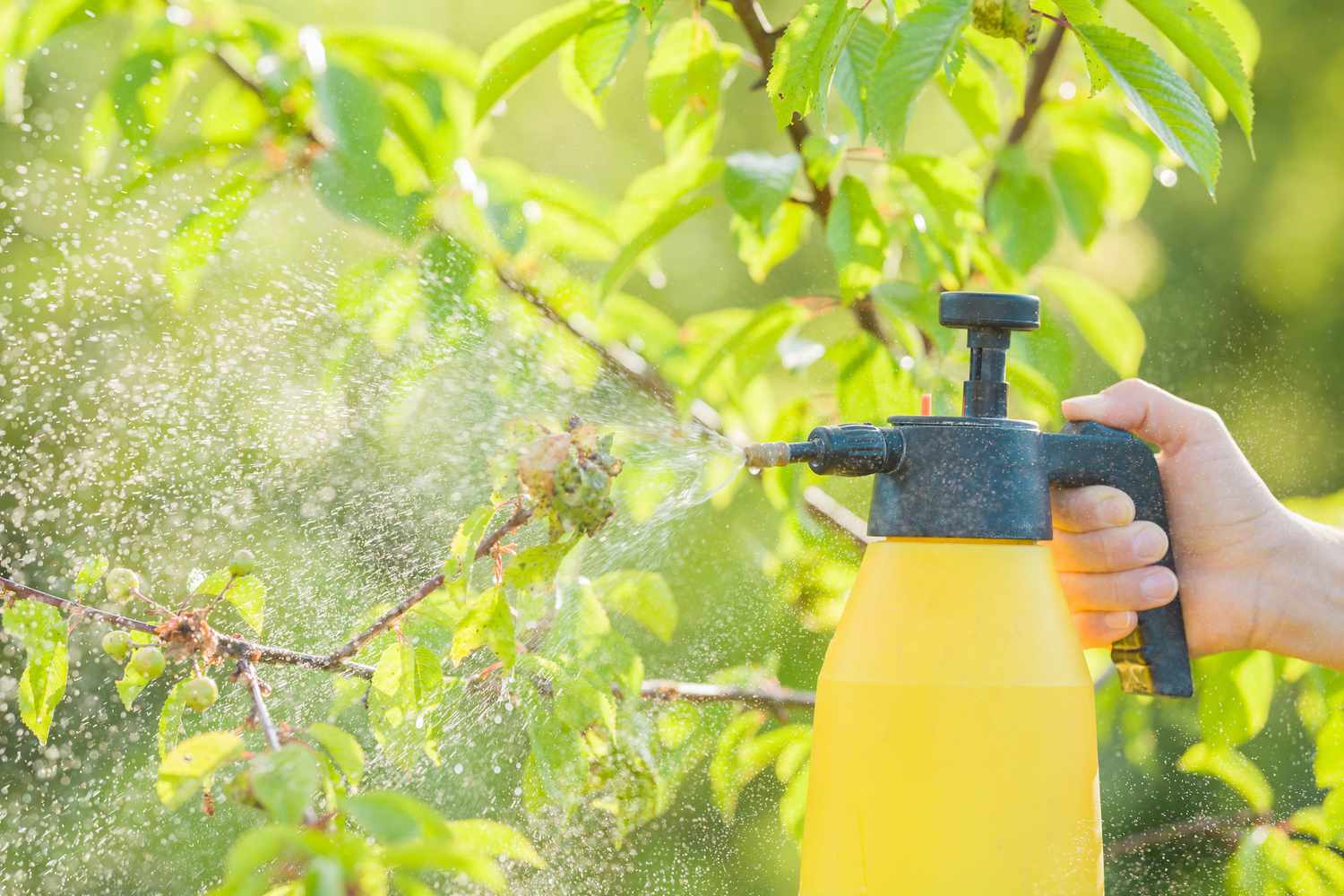Rubbing alcohol could be an efficient insecticide and herbicide, however it’s indiscriminate in that it kills each weeds and any vegetation you need to preserve alive.
There are ample various pure pesticides to spray instantly on vegetation, most of that are safer and, in follow, simpler. There are additionally extra sustainable pure herbicides than rubbing alcohol. However for those who use rubbing alcohol on vegetation, it is vital to know find out how to apply it—which sorts, what quantities, and which strategies—and, extra importantly, what not to do.
How To not Use Alcohol on Crops
The most typical varieties of alcohol are ethanol, methanol, and isopropyl (or rubbing) alcohol, and every comes with its personal do’s and don’ts.
Methanol
Methanol is the only type of alcohol, commercially out there as racing gas and for different purposes. Some research have discovered methanol stimulates plant progress, particularly C3 grasses like wheat, fescue, rye, bluegrass, and lots of others, but a normal evaluation of the literature discovered it’s ineffective or inhibits plant progress.
Methanol could be an efficient herbicide at excessive concentrations however it’s an expensive merchandise to kill vegetation. It is also an indiscriminate killer, so if you wish to kill all of the vegetation in a single space, solarizing your soil is a far cheaper and much less-flammable methodology.
Ethanol
Like methanol, ethanol has been discovered to stunt plant progress. One sensible use is so as to add a diluted ethanol resolution to paperwhites or different daffodils to sluggish their progress in order that they last more as compelled bulbs. Analysis performed by Cornell College discovered options of between 4% and 6% ethanol prevented paperwhites from rising too tall or floppy. However be warned: the identical research discovered options with ethanol content material larger than 10% killed the vegetation.
Rubbing Alcohol
Rubbing alcohol (isopropyl alcohol) is essentially the most generally really useful, most sensible (or, moderately, least impractical), and least costly alcohol to make use of on vegetation. Rubbing alcohol is normally 70% alcohol, so it must be closely diluted for use accurately. As with ethanol, too sturdy of an answer will do extra hurt than good.
It is usually agreed {that a} resolution of no less than 20 elements water to at least one half rubbing alcohol, which yields an answer of three.33% rubbing alcohol, could be an efficient insecticide. Sadly, it is also an efficient however indiscriminate herbicide, so use fastidiously, if in any respect.
Utilizing Rubbing Alcohol on Crops
Isopropyl alcohol can kill mealybugs, aphids, spider mites, thrips, slugs, snails, and whiteflies by melting their protecting wax coatings and drying out their gentle our bodies. Eggs and pupae are more likely to not be affected, so you have to to reapply your resolution as soon as new predators emerge.
Upon getting created a less-than-4% alcohol resolution, take a look at it in your vegetation first. Apply a small resolution of rubbing alcohol on a plant’s leaves, then wait no less than a day. Alcohol acts as a desiccant; chances are you’ll discover burn marks, curled or withered leaves, or different adverse reactions.
In case your vegetation appear unhurt by spraying alcohol for pest management, use it carefully. Over-spraying an alcohol resolution in order that it runs off leaves and into the soil can flip your insecticide into an herbicide. Crops take up alcohol by way of their roots, which may trigger extreme dehydration and kill the vegetation.
To be secure, use a cotton swab to use the answer instantly onto the mealybugs or their eggs moderately than utilizing a twig, which can coat the leaves and probably harm them. In fact, utilizing a cotton swab to use rubbing alcohol to every pest might be a waste of your time when simpler, safer, and simpler options can be found.
